– Additional reporting and photos by Cristina Espinosa and David Ajtun
At CSUN, students who identify as Asian, Pacific Islander and Desi American (APIDA) are finding meaningful ways to celebrate their heritage, embrace their identities and build community. During APIDA Heritage Month, CSUN Newsroom spoke with Matadors from diverse backgrounds who shared how their cultural roots continue to shape their academic journeys, personal growth and visions for the future. From the traditions they carry forward to the stories they hope to inspire, these Matadors are honoring where they come from and reimagining what representation and legacy look like for a new generation.
Tanvi Chereddy, 19. “I am Indian American.”
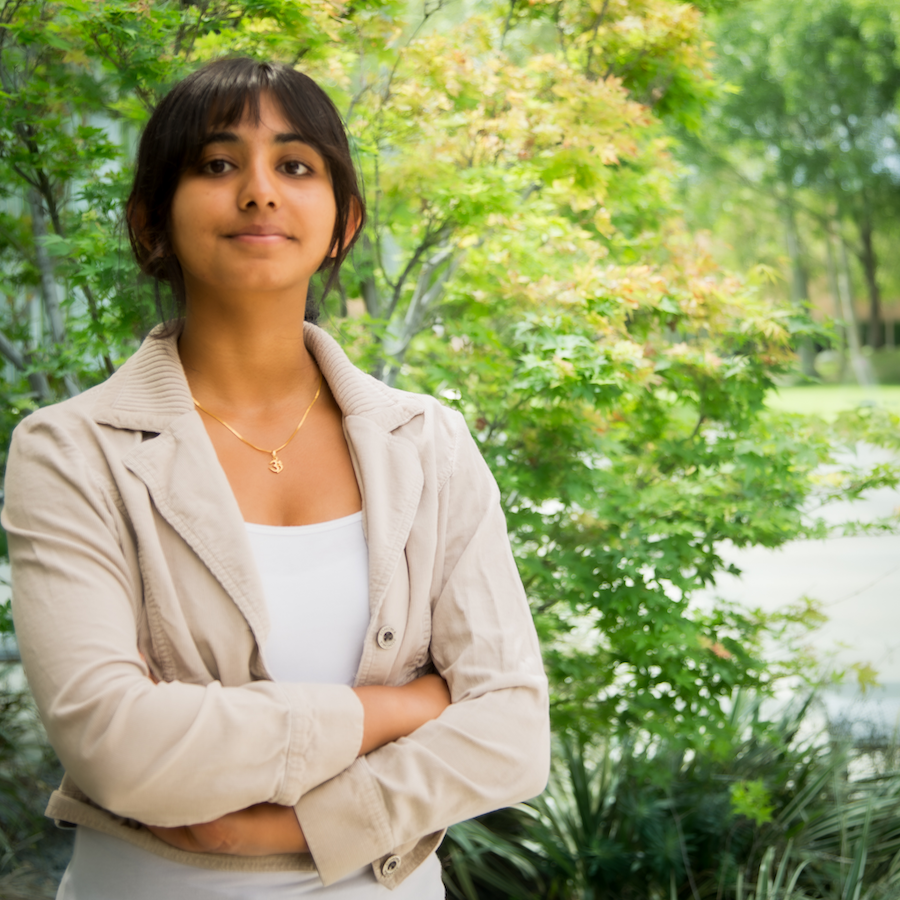
Tanvi Chereddy, a cinema and television arts major with a focus on television production, brings her Indian American identity into her CSUN experience through values rooted in education, kindness and introspection. “Growing up, there was a big emphasis on the importance of education,” she said. “But also, on being kind to people and not living with a big ego — that’s helped me form meaningful relationships.” At CSUN, she’s found a sense of belonging through the Indian Student Association, where she feels supported. “Everything I’ve learned from the people around me here has shown me more community than I’ve ever felt in my life.”
Since moving away from the Bay Area, where she explains her culture felt more visible, Chereddy has developed a deeper appreciation for her heritage. “I realized I can’t take it for granted. It’s something that’s always going to stay with me, and I need to keep it alive,” she said. That includes reconnecting with Hinduism on her own terms and sharing Telugu films like “RRR” with her peers. “It’s a way to spread my culture that’s interesting and meaningful.” Her approach to legacy is simple but powerful: “Being a good person is more important than skills, knowledge or money,” she said. “Even if I don’t leave a legacy behind, that’s what I’ll always strive for.”
Alex Sison, 19. “I am Vietnamese Filipino American.”
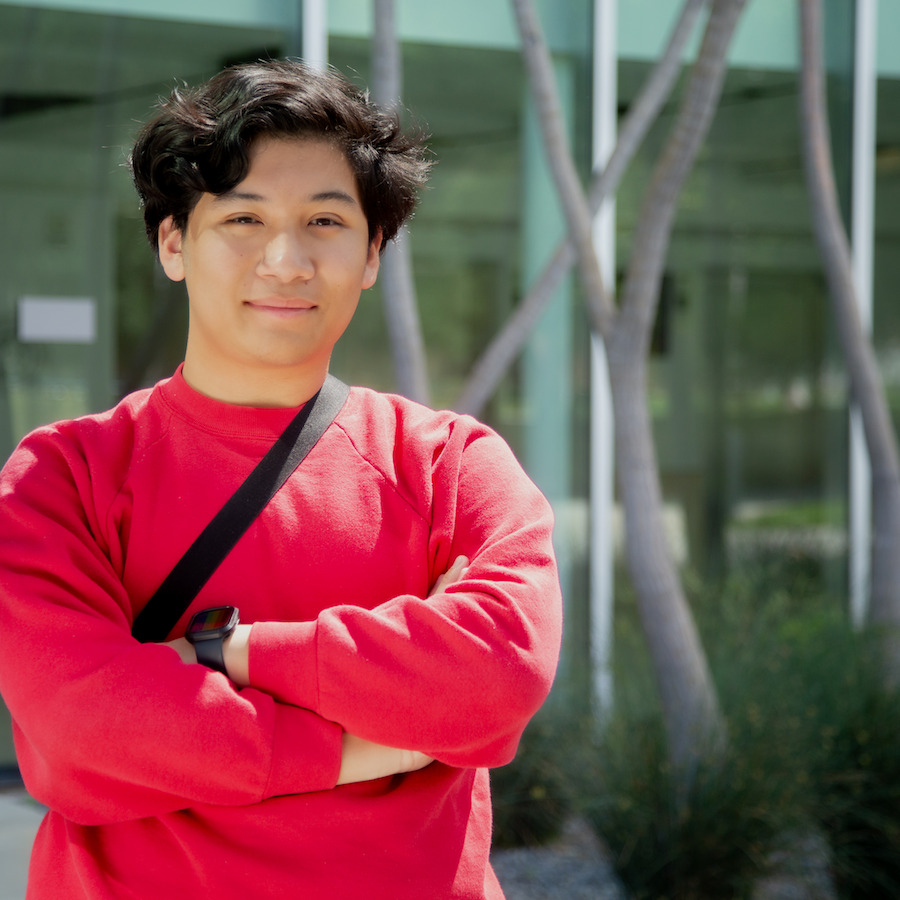
As a Vietnamese Filipino American and first-year animation major, Alex Sison brings a deep sense of cultural pride and purpose to his journey at CSUN. Growing up, he was taught by his grandparents that hard work and education would open doors — a lesson that continues to guide him. “That drive to do well in school started early for me, and it’s become something I really value,” he said. “It’s not just about getting good grades but honoring the sacrifices my family made.” His parents came to the United States during the Cold War, leaving Vietnam and the Philippines as children in search of a better life.
At CSUN, Sison has found connection through friendships with other Filipino students, especially after moving from the Bay Area. “No matter where I go, I can always find at least one other Filipino person, and that helps me feel more at home,” he said. As a storyteller and artist, he’s finding powerful ways to express his identity and challenge expectations. “There’s a stereotype that Asian Americans are only supposed to go into STEM or law or medicine, but that’s just not true,” he said. Through his original stories and character designs, Sison is exploring Vietnamese and Filipino mythology, weaving in cultural references that reflect his heritage. “Art has always been a big part of Asia’s history,” he said. “I want to help break those harmful assumptions and show that we belong in creative spaces too.”
Ashosha Haque, 19. “I am Bengali and Salvadoran.”
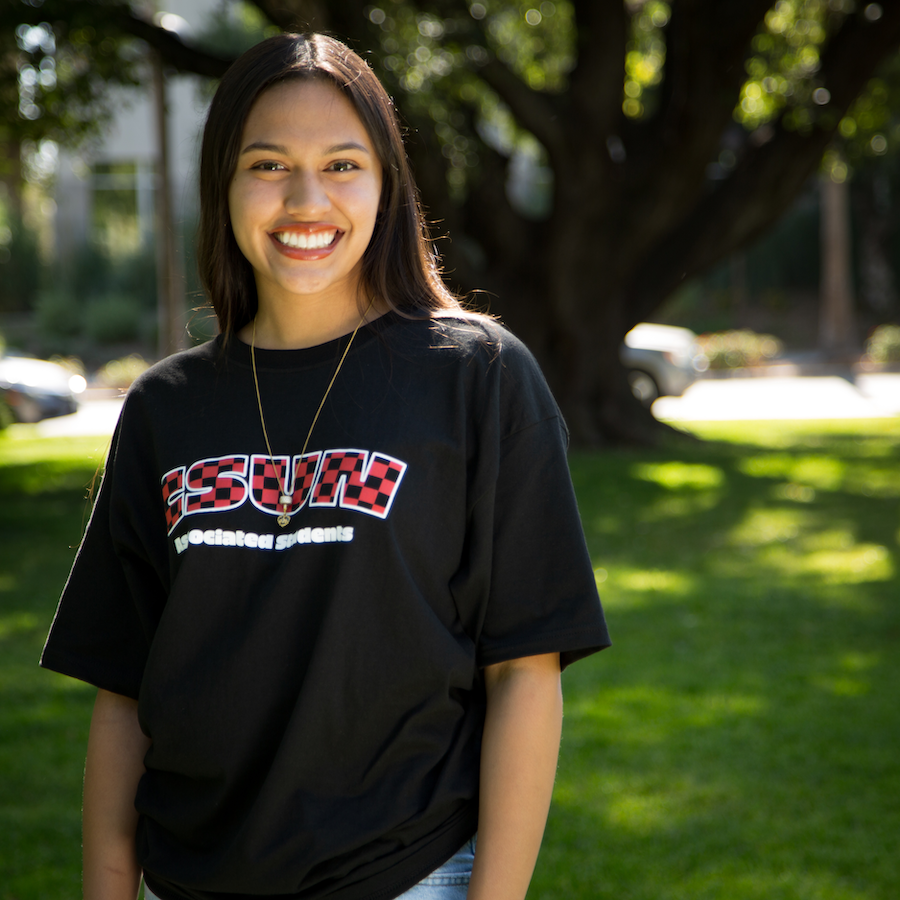
As a Bengali and Salvadoran student at CSUN, third-year film production major Ashosha Haque is using her voice and her style to reclaim space for her identity and community. “My religion has become a huge part of my identity here,” said Haque, who is Muslim. “I’m finally able to express that side of myself and be around people who’ve gone through similar experiences.” Whether it’s through wearing a hijab or speaking multiple languages, she said she no longer feels the need to shrink herself to fit into Western norms. “Now people ask questions. They want to learn. And that makes me feel more welcome and included.”
Haque is also using platforms like social media to proudly share her heritage — reminding others of cultural and religious celebrations and using fashion as a form of expression. “Whether it’s henna, a tikka or traditional outfits, those things help me carry my culture forward,” she said. Being herself, she’s found, is the most powerful way to build community. “When I express my heritage, I find [other] people like me… and that’s been really inspiring.” As someone who grew up feeling that her community was often overlooked, Haque hopes her presence and creativity leave a lasting impression. “Putting myself out there is what I hope inspires future generations,” she told said. “I want to leave a mark and make space for people who’ve been stereotyped or silenced to feel seen.”
Jag Manalang, 19. “I am Filipino.”
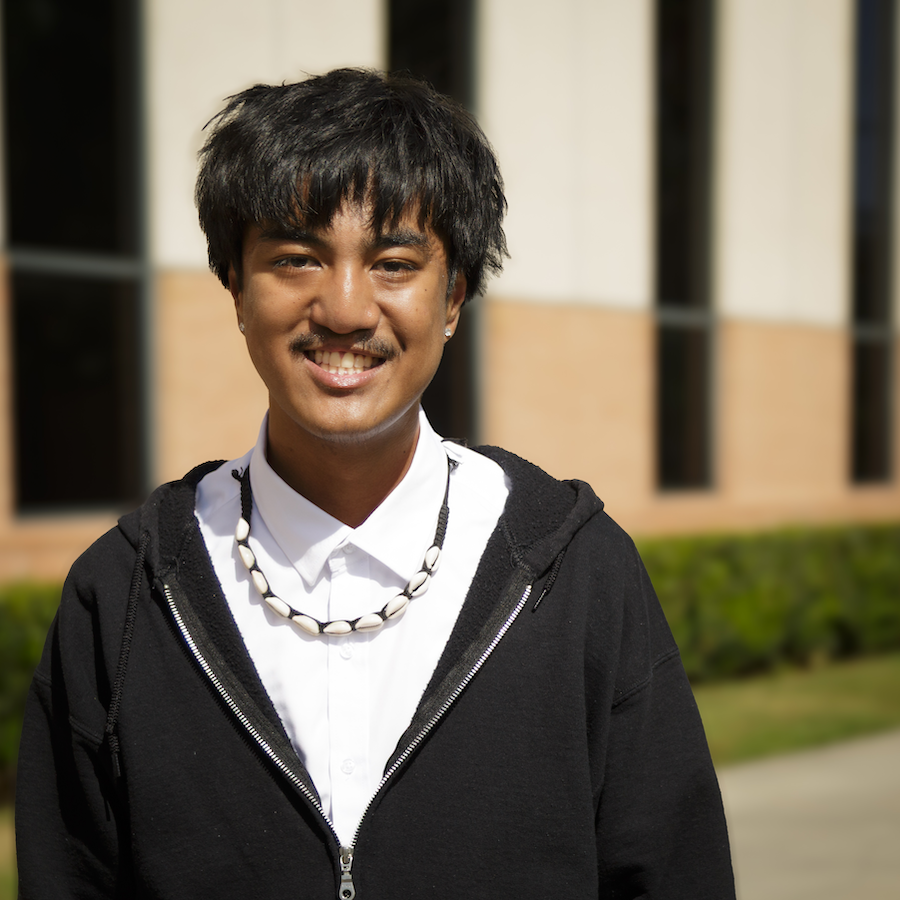
For first-year cinema and television arts major Jag Manalang, storytelling is both a calling and a way to honor his Filipino identity. “I intend to leave a film legacy behind,” he said. “I try my best to explore Filipino cultures and identities that have never been seen before on screen.” Manalang is especially interested in telling complex stories of resilience. “It’s important to put on screen where you came from and the cultures that shaped you,” he said. “I want to explore the hidden parts of Filipino identity, especially in the American context.”
On campus, Manalang sees community in everyday connections, often through the comfort of food. “It’s a culture of eating,” he said of being Filipino. “Sometimes just meeting someone at Arbor Grill and [eating together,] that’s family right there.” The CTVA major shares he has found a better sense of belonging through CSUN’s film club, where he had been about to build friendships rooted in shared experience. “I have met students with the same struggles as me, trying to find a place in this world,” he said. “They gave me a sense of comfort and belonging.” Through both his art and actions, Manalang hopes to create space for others to feel more seen. “Representation matters and so does showing up for each other,” he said.


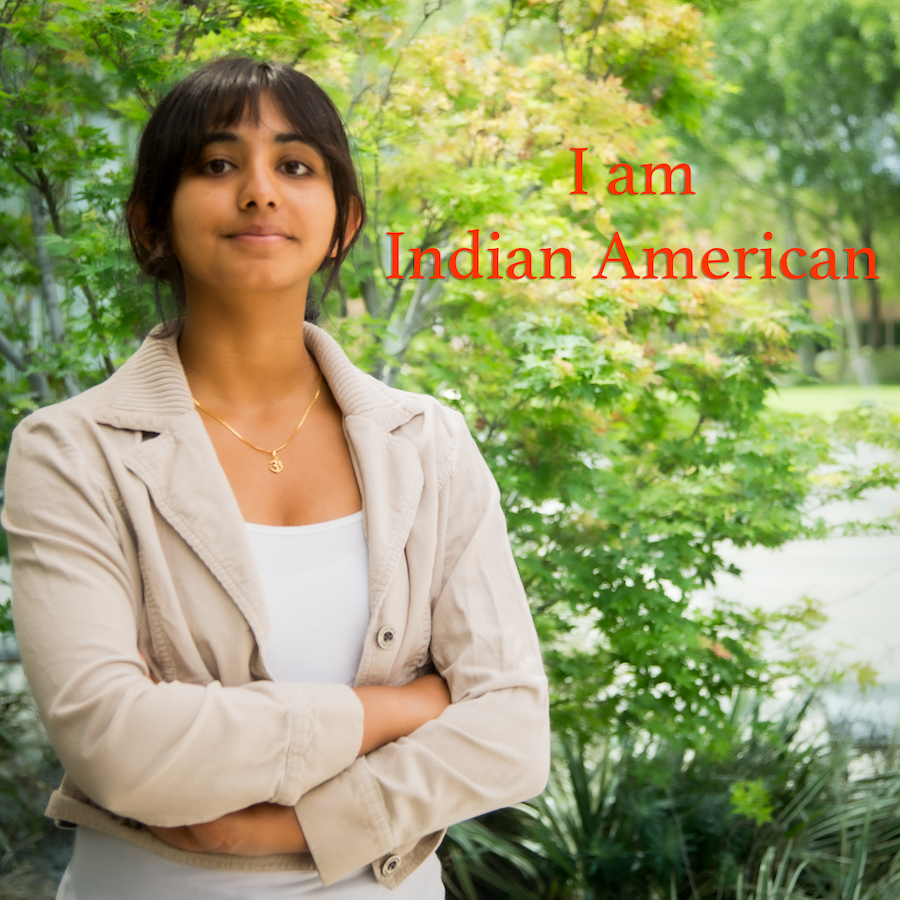
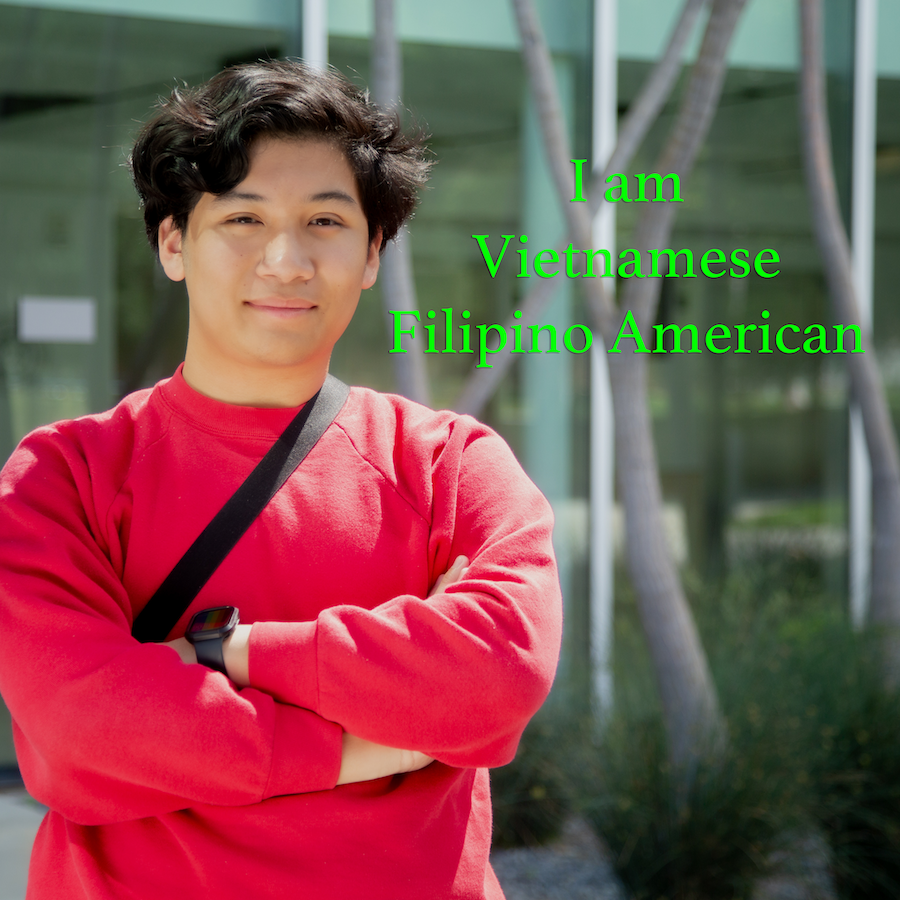
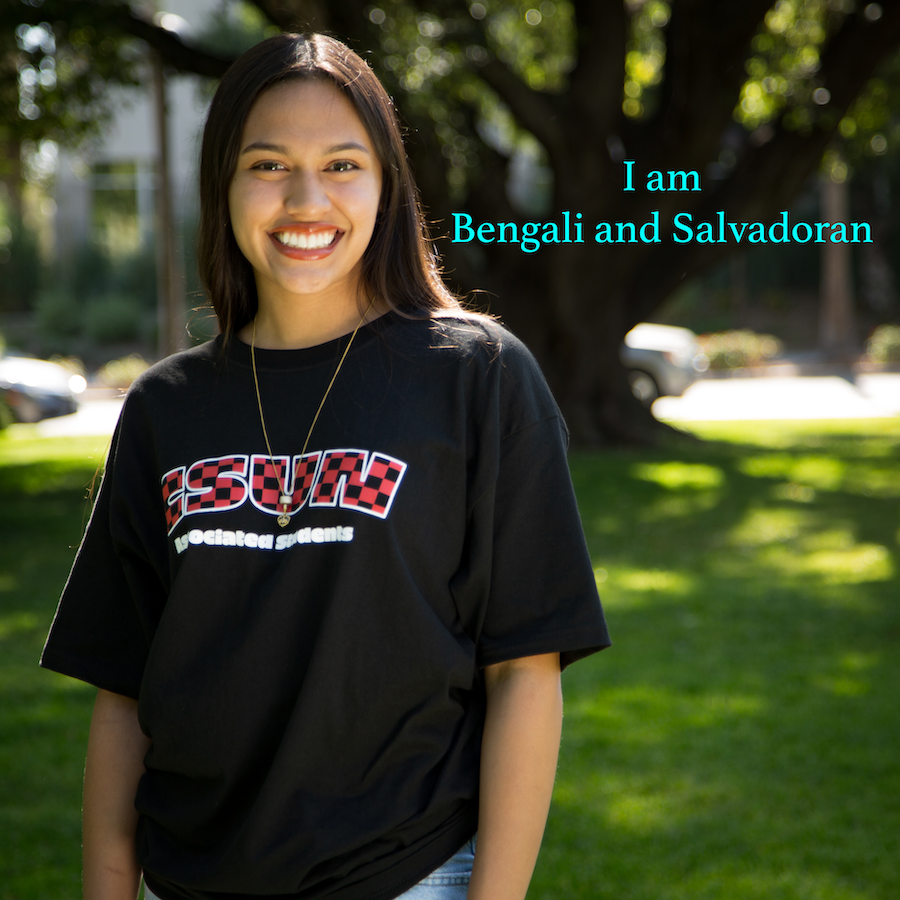
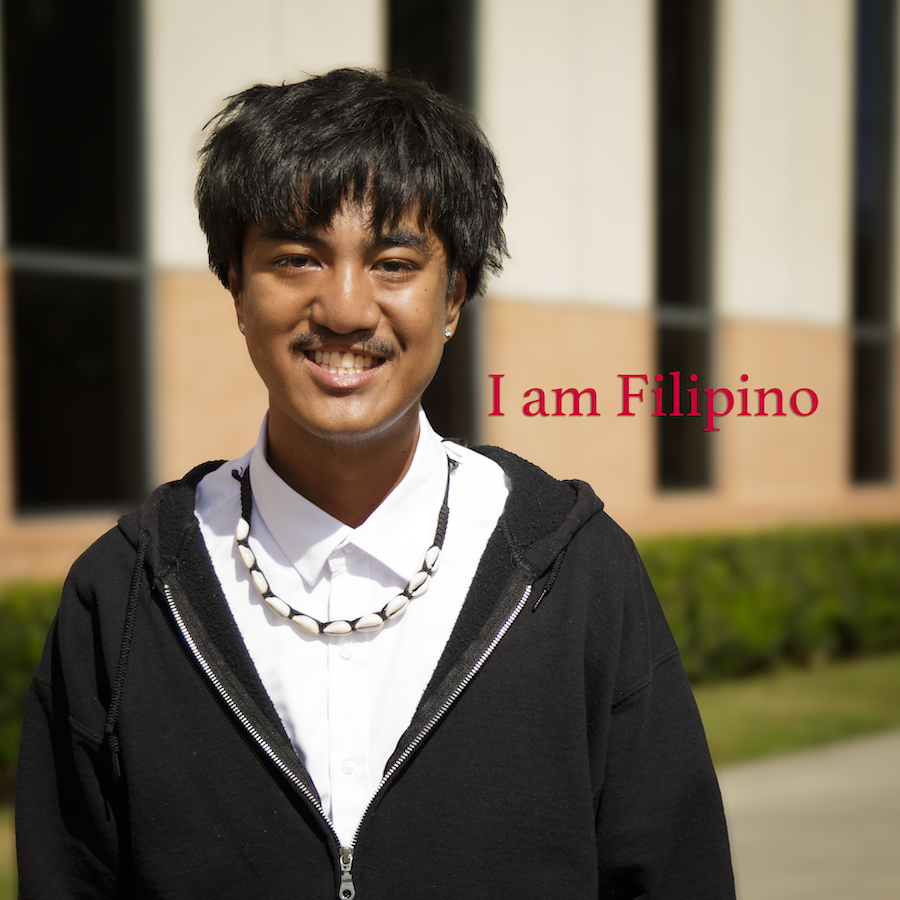
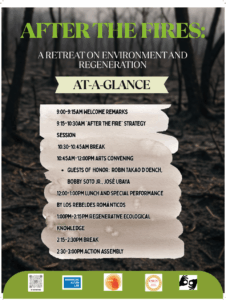
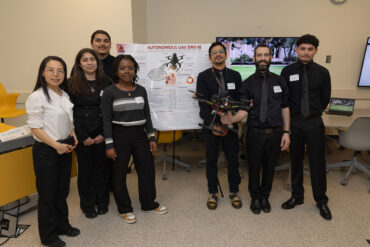
Comments are closed.